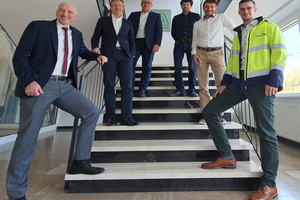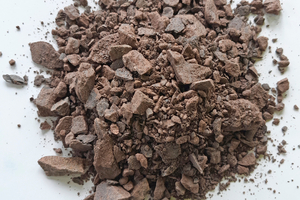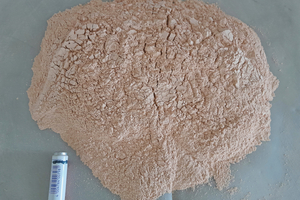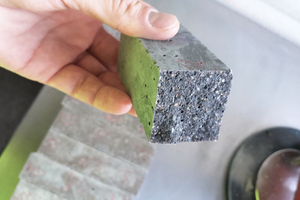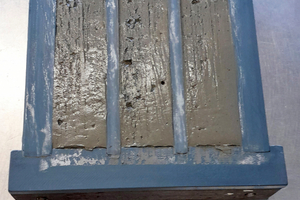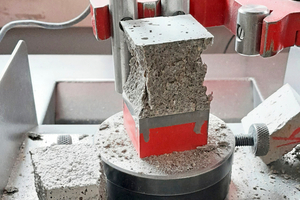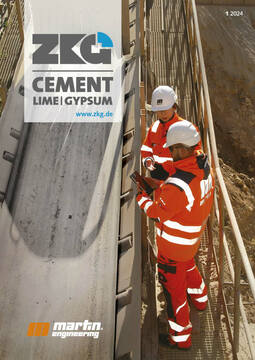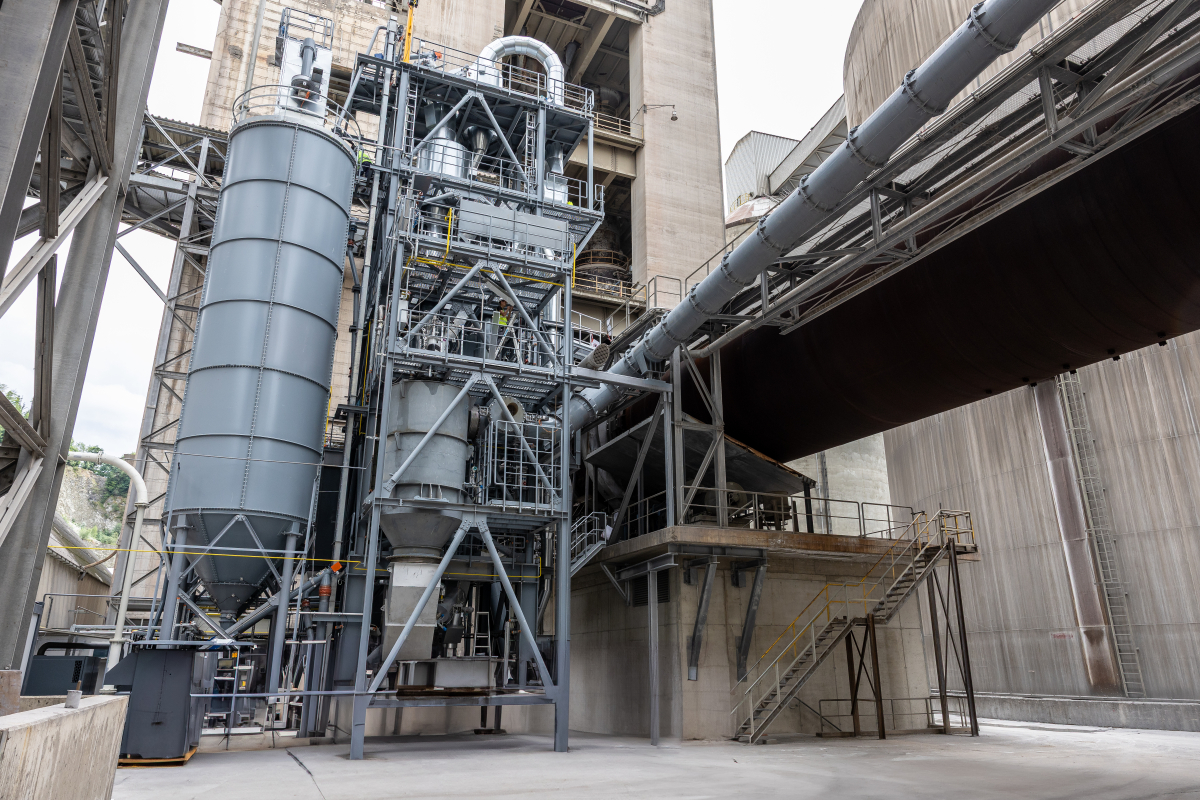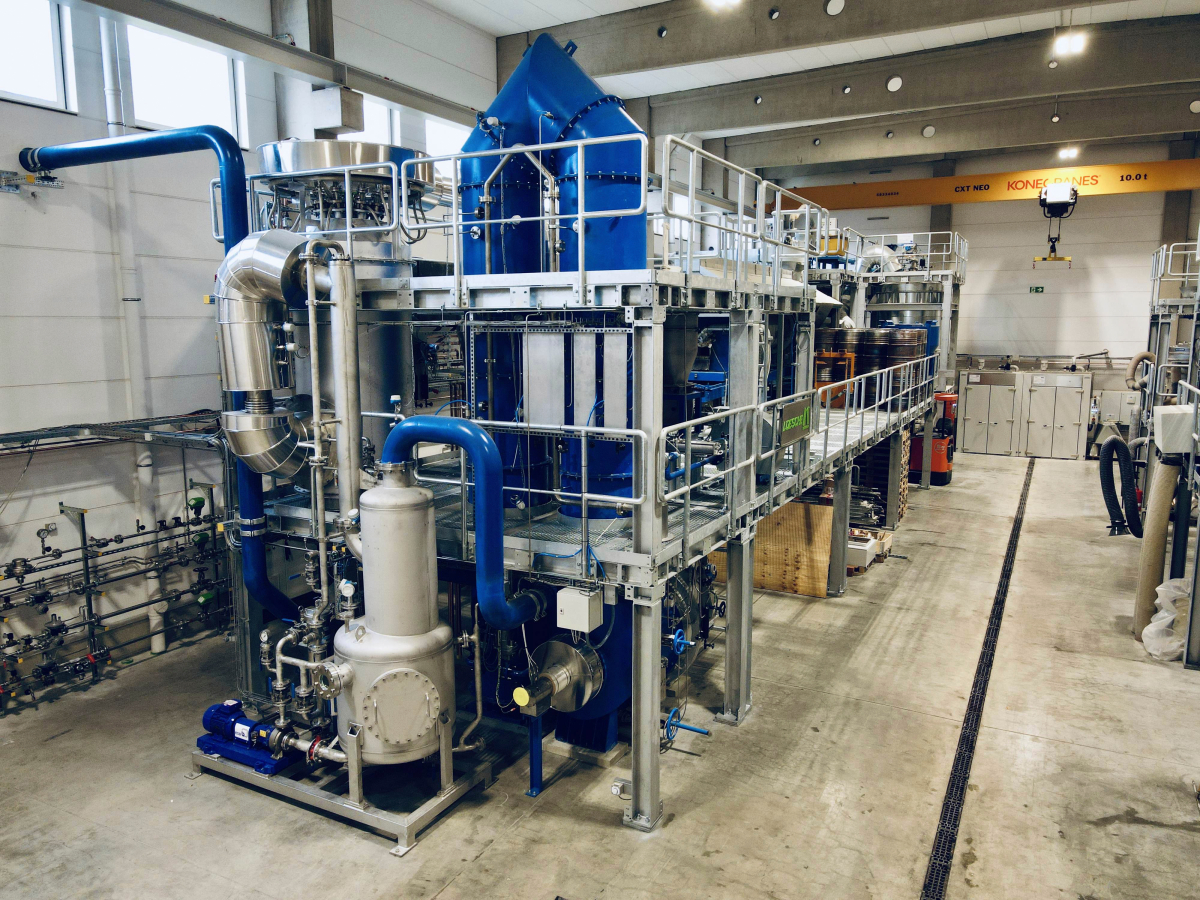Decarbonisation: Rohrdorfer launches pilot project for the production of calcined clays
Rohrdorfer Zement is launching a pilot project with its Net Zero Emission team to investigate the process-integrated production of calcined clays. The project includes the development and construction of a pilot production facility at the cement plant in Rohrdorf, which is to be integrated into plant operations. The aim is to develop a process that can be transferred to other cement factories and adapted by the entire industry. The project is 50% funded by the Federal Ministry for Economic Affairs and Climate Action (BMWK) and the European Union as part of the “NextGenerationEU” program.
World’s first-time integration into an existing cement plant
In order for cement to be produced in a CO2-neutral way, its production steps and substances must be decarbonized. An important lever in this process is the partial replacement of cement clinker with low-CO2 or CO2-free alternatives. These include, for example, mineral components such as clays. Their binding characteristics must be activated through thermal treatment. This is to be tested in a pilot plant. A special feature of this plant is tempering with a flash calciner. The integration into an active cement plant is also a milestone: previous test plants were decoupled from the cement production process as stand-alone plants. If integration is successful, the technology can be expected to spread rapidly throughout the entire cement industry. Due to the high innovation potential, the project is receiving funding of up to €8.65 million from the BMWK and the European Union.
Low-energy and low-emission operation thanks to innovative system concept
The Rohrdorf Net Zero Emission team is going one step further: the plant concept being pursued aims to utilize existing waste heat from the clinker production line in order to reduce the primary energy requirement for the thermal treatment of the clays. Among other things, the use of hydrogen as a sustainable energy source is being considered for the additional amount of heat required. After leaving the pilot plant, the waste gases produced during operation are fed back into the existing waste gas cleaning system of the clinker production line. This means that no additional emissions are produced.
Following successful testing, a large-scale plant and thus a significant reduction in the clinker/cement factor is to be realised. CO2 savings of 16 – 18% are possible if the energy mix remains the same. If the energy supply is CO2-free, up to 30% of CO2 emissions can be saved with the large-scale plant. “As a cement component, calcined clays make a significant contribution to avoiding CO2. With the pilot project for the process-integrated production of calcined clays, we will not just be taking a step forward in our decarbonization roadmap, but a leap,” says Dr Helmut Leibinger, Head of the Rohrdorfer Net Zero Emission team.
2024 will be shaped by the planning of the pilot project and numerous process simulations. Launch of the pilot plant is planned for spring 2025. The project should be completed by the end of 2026.

